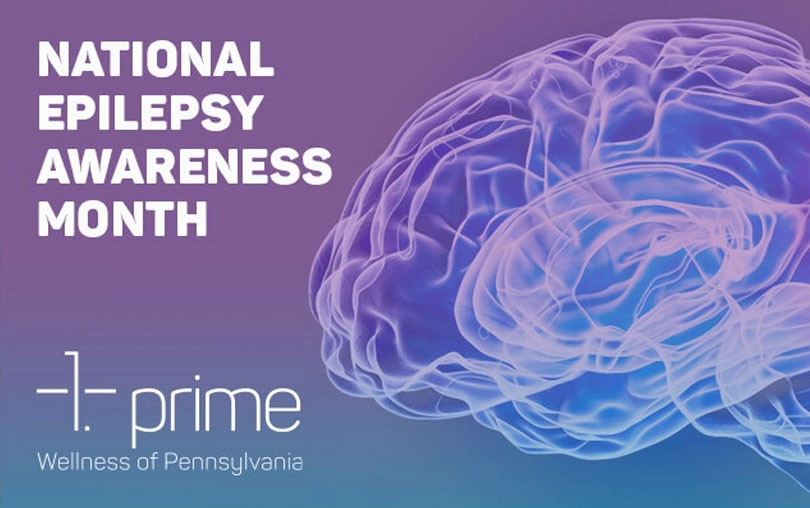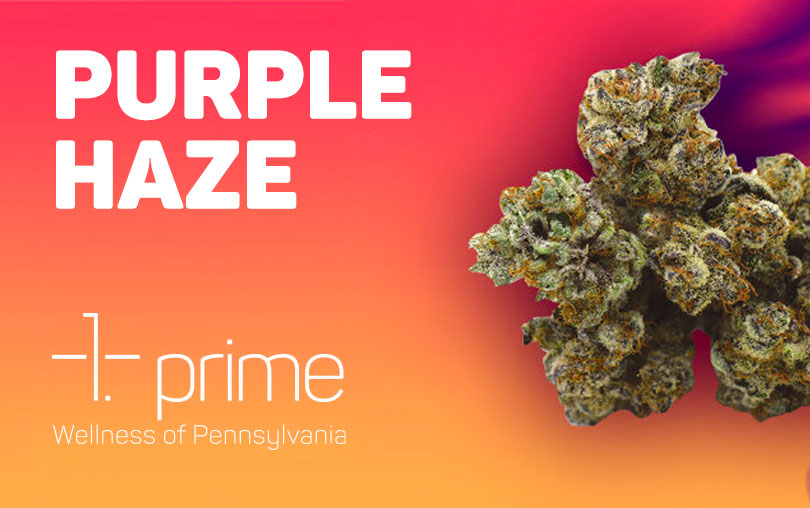At Prime Wellness of Pennsylvania, we take tremendous pride in our patient-preferred prime line of products, which are expertly crafted to the highest standards to help cultivate better lives for patients and caregivers across the Commonwealth.
As we continue our Qualifying Conditions Series, we take a closer look at the 23 qualifying conditions outlined in the Pennsylvania Medical Marijuana Program and the potential therapeutic benefits of medical marijuana.
This time, we focus on epilepsy. November is National Epilepsy Awareness Month to raise awareness about this condition, also known as seizure disorders. We support all patients living with this condition in their search for a new horizon of potential treatment.
QUALIFYING CONDITION: Epilepsy
“Seizures are caused by disturbances in the electrical activity of the brain”
About the qualifying condition: Epilepsy is a neurological condition characterized by disruptions in the nervous system’s electrical communication, called seizures. These seizures are not provoked by any underlying issue, unlike shakiness from low blood sugar. Seizures can involve a range of symptoms, from blank stares to severe convulsions. Researchers believe epilepsy stems from five possible sources: genetics, brain structure, infection, metabolic issues, and immune disorders.
The Pennsylvania Department of Health estimates epilepsy is the third most common neurological condition, affecting up to two percent of Commonwealth residents.
History: Medical marijuana for epilepsy has been documented as early as 1800 BC, cited in Sumerian medical records as a treatment for sleep-related seizures. Modern advocacy for medical marijuana in epilepsy treatment gained traction with the story of Charlotte Figi, a pediatric patient whose seizures were reduced by a CBD-rich extract. In 2018, a CBD oral solution called Epidiolex was approved by the FDA to manage early cases of epilepsy like Figi’s.
While there is no universal cure for epilepsy, medical marijuana is being studied alongside holistic and electrical therapies for their potential to reduce seizure frequency and severity over a patient’s lifetime.
Medical Literature: It is believed that nearly half of all epilepsy patients will not respond to conventional pharmaceuticals. Researchers are exploring how medical marijuana might potentially treat these drug-resistant cases.
In a 2017 study of young epilepsy patients, a reduction of seizure frequency by at least half was observed in 42% of patients given CBD. THC has also been observed to reduce the frequency and severity of tremors in rodents, an antispastic effect that may potentially reduce epileptic muscle spasms.
Certain terpenes in medical marijuana may also contribute to the anti-epileptic potential of these cannabinoids. Studies have shown that the terpene linalool may potentially regulate glutamate in the brain, the neurotransmitter that spikes during seizures.
Cannabinoids: THC and CBD may produce their greatest anti-epileptic potential when consumed together, a possible synergy known as the “entourage effect.”
Every product we produce has an extensive list of cannabinoids, which contribute to the potential effects users may feel from our high quality medicine. Check the label on your medical marijuana packaging to learn about the specific levels of cannabinoids and terpenes in each of our prime products.
For the latest on our products and strains, follow us on Instagram @prime_wellness.


